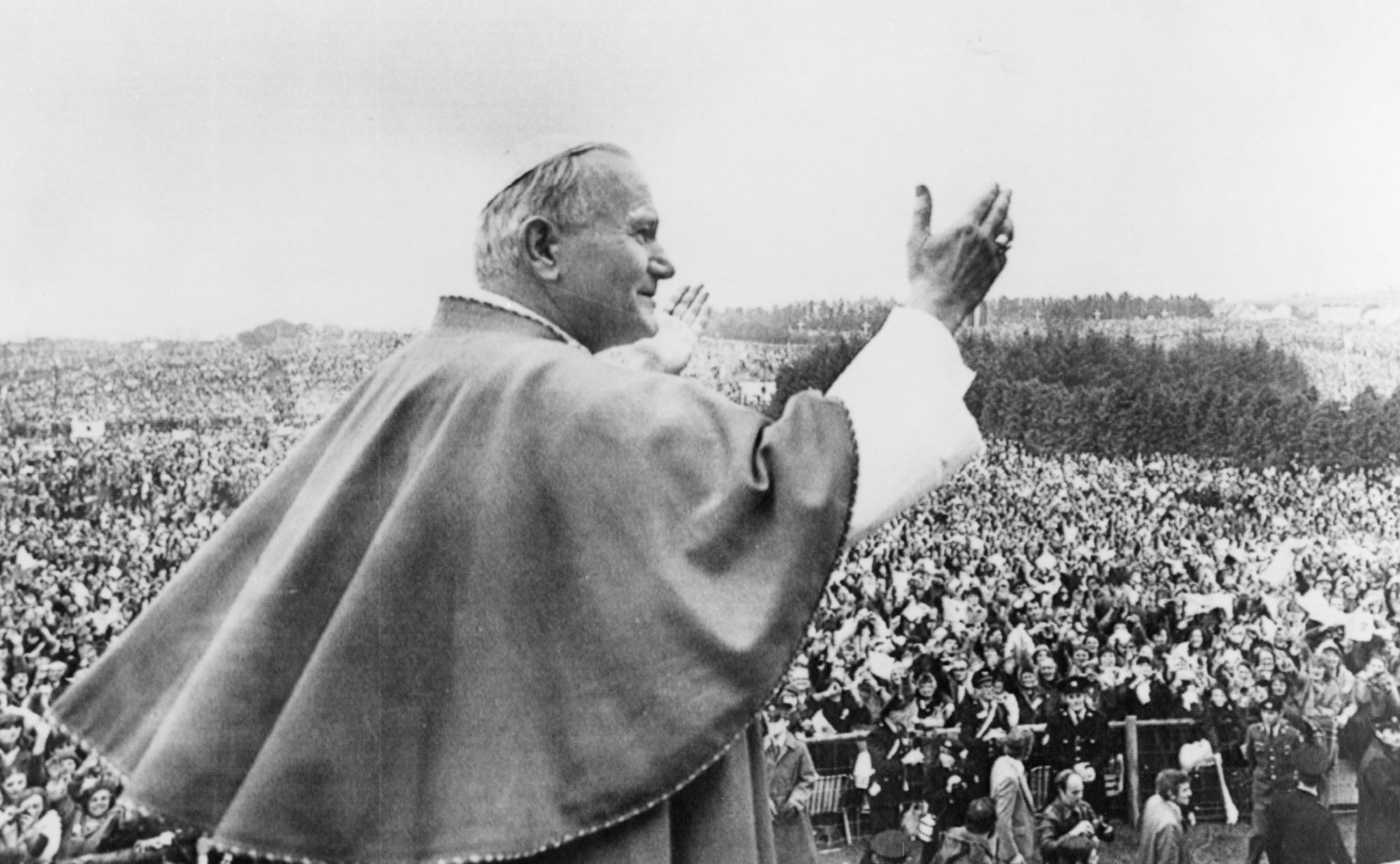The latest from Victoria Hui (see earlier posts below):
Tensions in Hong Kong’s Umbrella Revolution were diffused at the eleventh hour last night (Oct. 2, HK time), but could rekindle any time unless protestors find a third alternative between escalating and retreating. Tensions were building up last evening as Hong Kong protestors surrounded the Chief Executive’s office and threatened to occupy other government office buildings if CY Leung would not step down by midnight. In response, the police were seen to stockpile tear gas, pepper spray, rubber bullets, and even bullets for AR-15 at the Chief Executive’s office. Observers could finally take a deep breath when CY Leung announced that he would appoint the Chief Secretary Carrie Lam to open negotiations with students. However, few people are optimistic that the negotiations would amount to anything. Not only that Mr. Leung refused to resign as demanded by protestors, Beijing has also stepped up its hardline position that it will not change the arrangements to vet candidates for the CE election in 2017 — which caused the protests in the first place. Protestors will thus continue to feel that they have to escalate to more disruptive actions or the movement would lose momentum and die out. But protestors have a third alternative. Scholars have argued that methods of dispersal — such as consumer boycotts and nonpayment of taxes — could be as effective as methods of concentration — such as the massive demonstrations that are on display now. If targeted boycotts hurt the interest of business tycoons whose support CY relies on and if nonpayment of taxes make bureaucrats unable to administer Hong Kong, then protestors would have a higher chance of compelling concessions and avoiding direct clashes with the police. And the movement will be sustainable in the long-term even when people have to go back to school or to work.
